#ptolemaic egypt
Explore tagged Tumblr posts
Text

egyptian relief of lion | c. 380 - 200 BCE | egypt, early ptolemaic period
in the colleción amalita
266 notes
·
View notes
Photo

The falcon-headed crocodile at the Walters Art Museum in Baltimore. Late Period / early Ptolemaic.
1K notes
·
View notes
Text
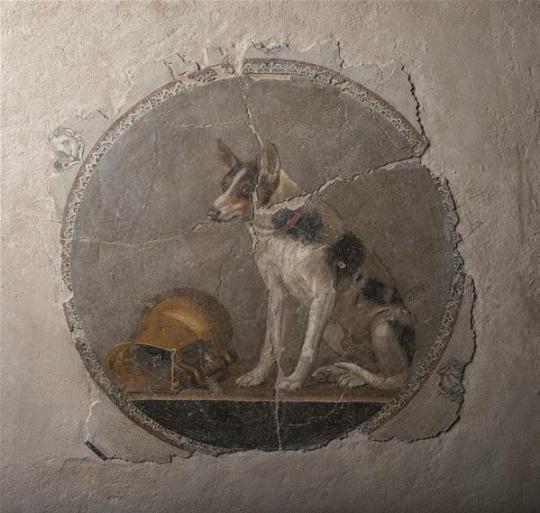
Floor fresco of a dog and an overturned vessel. Alexandria, 2nd century BCE.
EDIT: It's a mosaic.
#ancient history#fresco#ancient alexandria#ptolemaic egypt#ptolemaic period#poor doggo#he knows he did something wrong
789 notes
·
View notes
Text
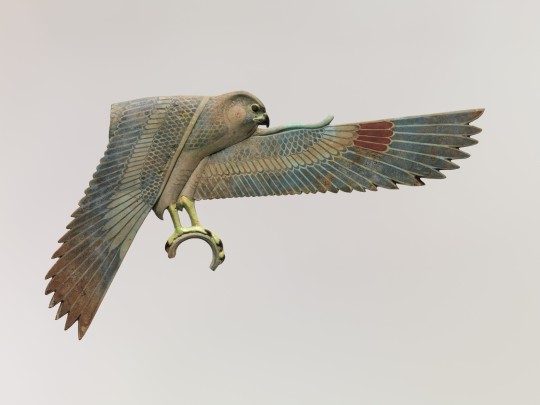
Ancient Egyptian faience inlay depicting a falcon with spread wings. Artist unknown; 4th cent. BCE (Late Period or early Ptolemaic). Now in the Metropolitan Museum of Art.
#art#art history#ancient art#Egypt#Ancient Egypt#Egyptian art#Ancient Egyptian art#Late Period#Ptolemaic#Ptolemaic Egypt#Ptolemaic art#animals in art#birds of prey#falcon#inlay#faience#Metropolitan Museum of Art
1K notes
·
View notes
Text


Stela of Kelutj nicknamed Neskhonsu, sistrum player of Amun-Re, 332 BC-30 AD, Ptolemaic dynasty Egypt
101 notes
·
View notes
Text

Antony and Cleopatra - art by J. C. Leyendecker (1910)
#j. c. leyendecker#antony and cleopatra#illustrations#fantasy art#william shakespeare#historical drama#theater plays#ptolemaic egypt#1910s#1910
321 notes
·
View notes
Text

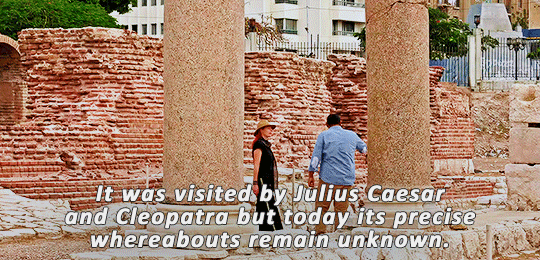


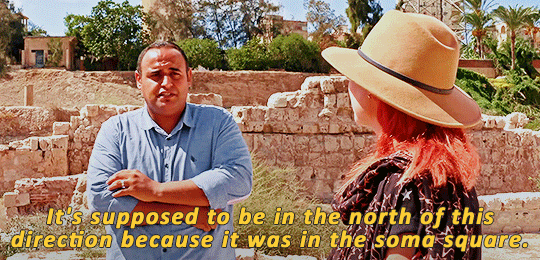




ANCIENT EGYPT BY TRAIN (2023) — 1.01 Alexandria
#egypt#ancient egypt#egyptology#archaeology#historyedit#documentary#gifsbyancientegyptdaily#alexandria#doc: ancient egypt by train#ptolemaic egypt#alexander the great#soma#mahmoud abd el rahman
165 notes
·
View notes
Text

Facial reconstruction of the Ptolemaic Egyptian Queen Cleopatra VII (r. 51-30 BCE). This artistic representation of Cleopatra is primarily based on a bust from the Berlin Altes Museum, widely agreed to depict Cleopatra. In addition to the Berlin portrait, the features in this reconstruction are based upon contemporary coin portraits and a bust from the British Museum which may depict Cleopatra.
#cleopatra#cleopatra vii#history#ancient egypt#egypt#ptolemaic egypt#ptolemies#ptolemaic dynasty#ancient history#facial reconstruction
146 notes
·
View notes
Text
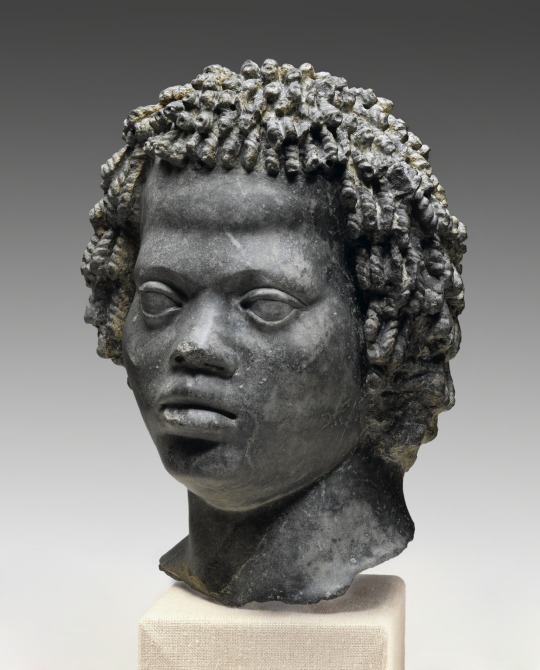
head of a man | c. 150 - 101 BCE | egyptian (ptolemaic period), possibly made in turkiye
in the brooklyn museum collection
190 notes
·
View notes
Text

A stela of Bes, looking fabulous as usual. He faces out of the stela, brandishing a sword in his right hand and two serpents in his left. He's naked except for a belt. Above him is the winged sun.
When: Late Period - Ptolemaic Egypt
Where: Museo Barracco, Rome
189 notes
·
View notes
Text

Sardonyx cameo of Cleopatra VII depicted as Isis and Mark Antony as Osiris.
The image and description comes from the book called Engraved Gems which can be read for free here.
#cleopatra#cleopatra vii#mark antony#marcus antonius#roman history#ancient culture#ancient rome#cameo#ancient art#engraved gem#ancient egypt#hellenistic egypt#ptolemaic egypt
171 notes
·
View notes
Text

Mummy case with lizards. Ptolemaic or Roman Egyptian. 304 B.C.–A.D. 364.
The Metropolitan Museum of Art. New York.
#art#culture#egyptian history#north africa#ptolemaic egypt#ancient history#egypt#lizard#animals in art#animals#the met#the metropolitan#the metropolitan museum of art
38 notes
·
View notes
Text

A current illustration that I had for an early celebration of Halloween: Ares dressed up as the famed Roman general, Marcus Antonius, while Aphrodite dressed up as Queen Cleopatra VII Thea Philopathor of Egypt…🎃🍬🍭

I was interested and inspired by the idea that mortals who often dressed as divinities back in ancient times to achieve power, wealth, opulence, and influence, while in this modern-day, divinities often participated in down-to-earth activities, have fun disguising and dressing up as historical mortals for holiday celebrations!!!


Aphrodite’s version of the Egyptian queen was mostly based on the depiction of historically accurate Cleopatra VII made by Joan Francesco Oliveras (@/jfoliveras on Twitter, and Instagram ), as well as statues and statuettes of Isis-Aphrodite that were carved from the Ptolemaic era till the late Roman period of Egypt, albeit taken with modern creative liberties. Isis, during this time, was a very weird figure to say the least, since while still keeping her Egyptian identity and attributes, she was further fused, syncretized, and absorbed the qualities of foreign Greek goddesses like Aphrodite, Demeter, Persephone, Tyche, etc.
With Aphrodite is the fertility goddess of war, love, lust, beauty, passion, and procreation, and later is associated with prosperity, victory, and the ancestral mother of Rome through syncretism with Venus Genetrix; while Isis is the goddess of magic, life, and wisdom, an epitome of eternal maternal devotion, protectress of all living things, from pharaohs to the vulnerable and all aspects of the kingdom, the iconography was adopted by many Ptolemaic queens, particularly Arisnoe II Philadelphos, Berenice II Euergetis and Cleopatra VII.
Ares’ version of Marcus Antonius was based on the historical statue of the Roman politician himself, with his embellishing muscle cuirass based on the Roman Republican statues of Julius Caesar, Augustus (Octavian) of Prima Porta, and Mars Ultor in the Forum of Nevra. With various mistresses (including famous courtesan Cythersis of that time) and marriages to Fadia, Antonia, Fulvia, Octavia the Younger, and Cleopatra VII, their descendants later went to become famous Roman statesmen, or went on to rule the Roman Empire, as well as various clientele kingdoms of modern-day Cimmerian Bosporus, Middle East, North Africa as well. Historically, Marcus Antonius, during his trip to Egypt to visit Cleopatra VII, has always considered himself to be an embodiment of Zeus-Serapis-Dionysus, consort of Isis Aphrodite, but I just think the icon of armed muscular Ares/Mars always suited him more, and look the best.
#ancient greek#ancient egypt#ancient rome#aphrodite#ares#modern day greek mythology#mars#venus#marcus antonius#mark anthony#cleopatra#cleopatra vii#ptolemaic egypt
48 notes
·
View notes
Text


The birth of Caesarion was the pivotal moment of Cleopatra VII's life, for the boy gave the queen her purpose for living: her sole ambition was to love him, guard him and see him established as king. If we want to do justice to Cleopatra VII as a ruler, then we must acknowledge the fact that from the moment of his birth until the hour of her suicide, Caesarion was Cleopatra's greatest love; he alone gave her purpose. Cleopatra did not anticipate that the Ptolemaic Dynasty would end with her, of course, and she looked forward to a future when her son would be the next Golden Horus, sitting on Egypt's throne and ruling over an empire even bigger than that of Alexander the Great.
The Cleopatras: The Forgotten Queens of Egypt - Lloyd Llewellyn-Jones
#cleopatra#cleopatra vii#caesarion#ancient egypt#ptolemaic dynasty#ptolemaic egypt#julius caesar#gaius julius caesar#caesar#long live the queue#when i say this almost made me cry.....
34 notes
·
View notes
Text
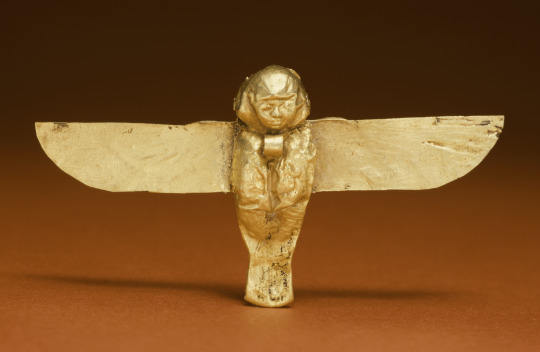
Ancient Egyptian depiction (gold with stone inlay) of the ba. One of the components of the multipartite soul in Egyptian thought, the ba, normally depicted as a human-headed bird, represented an individual's distinct personality. Artist unknown; early 3rd century BCE (=beginning of the Ptolemaic period). Now in the Walters Art Museum, Baltimore. Photo credit: Walters Art Museum.
#art#art history#ancient art#Egypt#Ancient Egypt#Egyptian art#Ancient Egyptian art#Egyptian religion#Ancient Egyptian religion#kemetic#Ptolemaic Egypt#Ptolemaic art#metalwork#gold#goldwork#Walters Art Museum
219 notes
·
View notes
Text
"Kleopatra II, as the first basilissa spousal co-ruler, jointly held power with Ptolemy VI, and then Ptolemy VIII, during which time she saw to the political, religious, and international affairs of Egypt. She was also the first basilissa-regnant, ruling the administrative center of Egypt on her own for a period of at least three to four years. Her ability to rule Alexandria on her own and her feminization of the dating protocol would allow several successive queens to follow in her footsteps, most notably, Kleopatra VII."
— Tara L. Sewell-Lasater, Becoming Kleopatra: Ptolemaic Royal Marriage, Incest, and the Path to Female Rule (Dissertation, University of Houston) / Anne Bielman Sánchez and Giuseppina Lenzo, "Ptolemaic Royal Women", The Routledge Companion to Women and Monarchy in the Ancient Mediterranean World
"Kleopatra I left behind her three minor children: Ptolemy VI, his sister Kleopatra II, and his brother Ptolemy VIII. To strengthen this fragile royal power base, two operations were carried out: first, a marriage between Ptolemy VI and his younger sister was conducted in the spring of 175, then joint rule was established between the three siblings in 170. Even if Kleopatra II appears in the protocols of this ruling trio only in final position, behind the two kings, she nevertheless played a political role by mediating between her brothers in the Sixth Syrian War (Liv. 44.19.6; 45.11.3 and 6).
After the reconciliation of the siblings in 168, the ruling trio was active again, but tensions persisted and led to a split in 163: Ptolemy VIII became king of Kyrenaika while Ptolemy VI and his sister-wife began a joint rule over Egypt and Cyprus, a rule that lasted until the death of Ptolemy VI in 145. The queen then appears in all Greek and demotic protocols, in second position behind Ptolemy VI, and is often referred to as the “sister” or “sister and wife” (of the king). In addition, she officially participates in the management of the kingdom: the two sovereigns are invoked in the oaths of Egyptians and they receive petitions and reports in both their names and co-sign some royal orders and letters to officials. The honors for the queen and her husband in several gymnasiums in Kypros and Egypt confirm that she was considered the king’s partner by Greco-Macedonian inhabitants of Egypt.
The death of Ptolemy VI in the summer of 145 put an end to this duo and promoted Ptolemy VIII’s ambitions. Indeed, the option of a joint rule between Kleopatra II and her minor son is abandoned in favor of a joint rule between Kleopatra II and Ptolemy VIII. Through these events, the queen appears to be the legitimizing element of Ptolemaic power. In the protocols of the new joint rule, Kleopatra II regains her rank behind the king as well as her title of “sister” or “sister and wife” (of the king), while her role as an effective co-ruler of the kingdom seems to have been maintained. While the marriage in 141/140 of Ptolemy VIII and his niece—the daughter of Kleopatra II and Ptolemy VI—led to a ruling trio, Kleopatra II kept her place in the new configuration: she appears in the second rank, behind the king, and is generally called “the sister” to distinguish herself from Kleopatra III, who is called “the wife.”.
The agreement between the trio shattered in 132, when the Alexandrians drove out Ptolemy VIII and Kleopatra III, and supported Kleopatra II. Kleopatra II’s two sons (one born of Ptolemy VI, the other of Ptolemy VIII) were murdered by order of Ptolemy VIII to prevent the queen from forming a joint rule with one of them. Kleopatra II was then forced to assume sole royal power: in 131 and 130, documents from cities in the south of the country (notably Thebes) mention a new sequence of regnal years, and a protocol of a Greek papyrus from Hermonthis is dated “under the reign of Kleopatra, goddess Philometor Soteira” (P. Baden Gr. II.2, October 29, 130).
After the failure of an alliance attempt with her son-in-law, the Seleukid king Demetrios II, Kleopatra II facing the military reconquest of the country by Ptolemy VIII, left Egypt in 127 and took refuge at the Seleukid court. However, her royal career was not over: in 124, thanks to negotiations between Ptolemies and Seleukids, she returned to a ruling trio with Ptolemy VIII and Kleopatra III, and regained the same rank and title as before the civil war. Finally, we cannot rule out the possibility that, after the death of Ptolemy VIII in 116, Kleopatra II briefly participated in a ruling trio with Kleopatra III and her son Ptolemy IX. She probably died in 115.
As a partner in six joint rules, Kleopatra II sets the record for the longest reign of a queen on the Ptolemaic throne (55 years)."
#HOW is she not more well-known?#Kleopatra II#Cleopatra II#Egyptian history#ancient egypt#ptolemaic egypt#women in history#historicwomendaily#my post#hellenistic period#ancient history#Ptolemy VI#Ptolemy VIII
15 notes
·
View notes